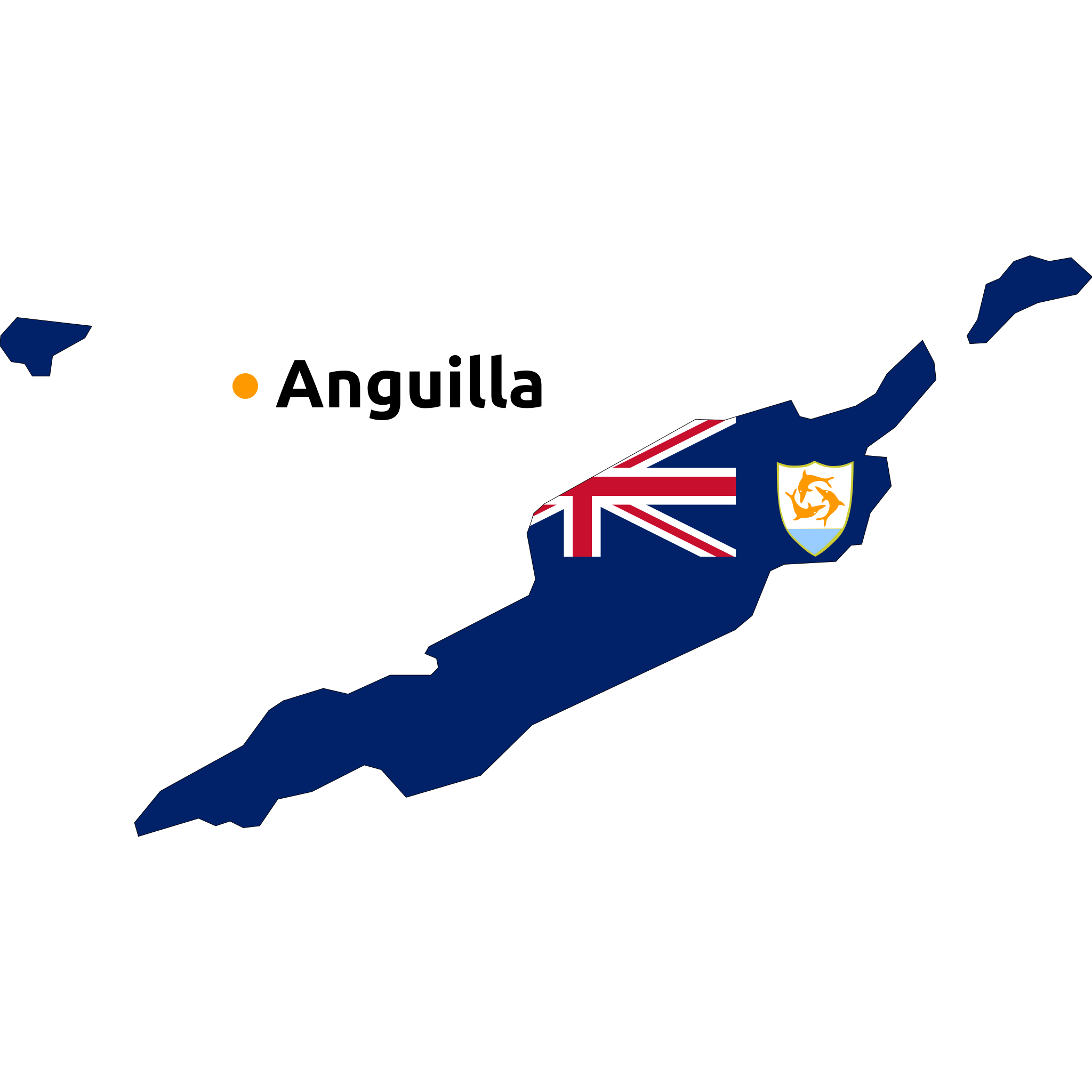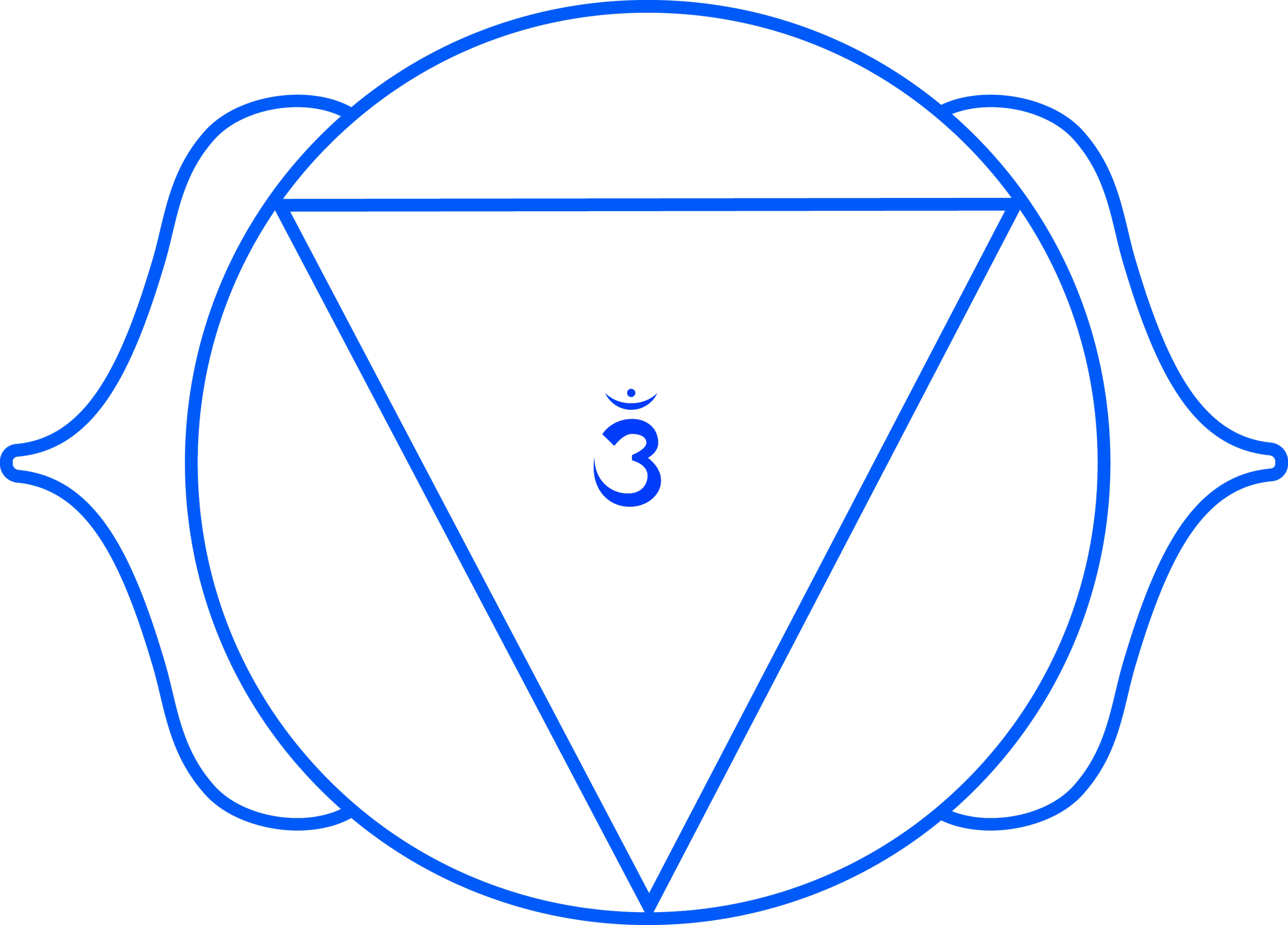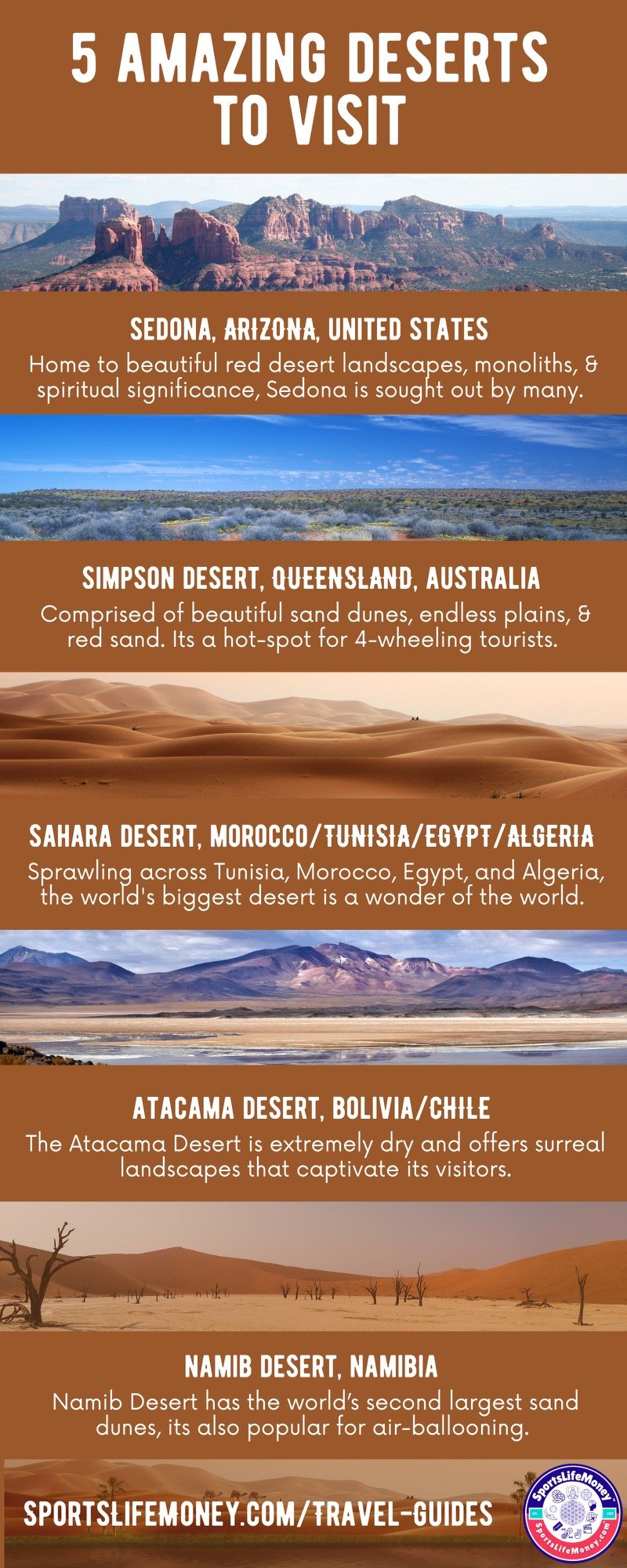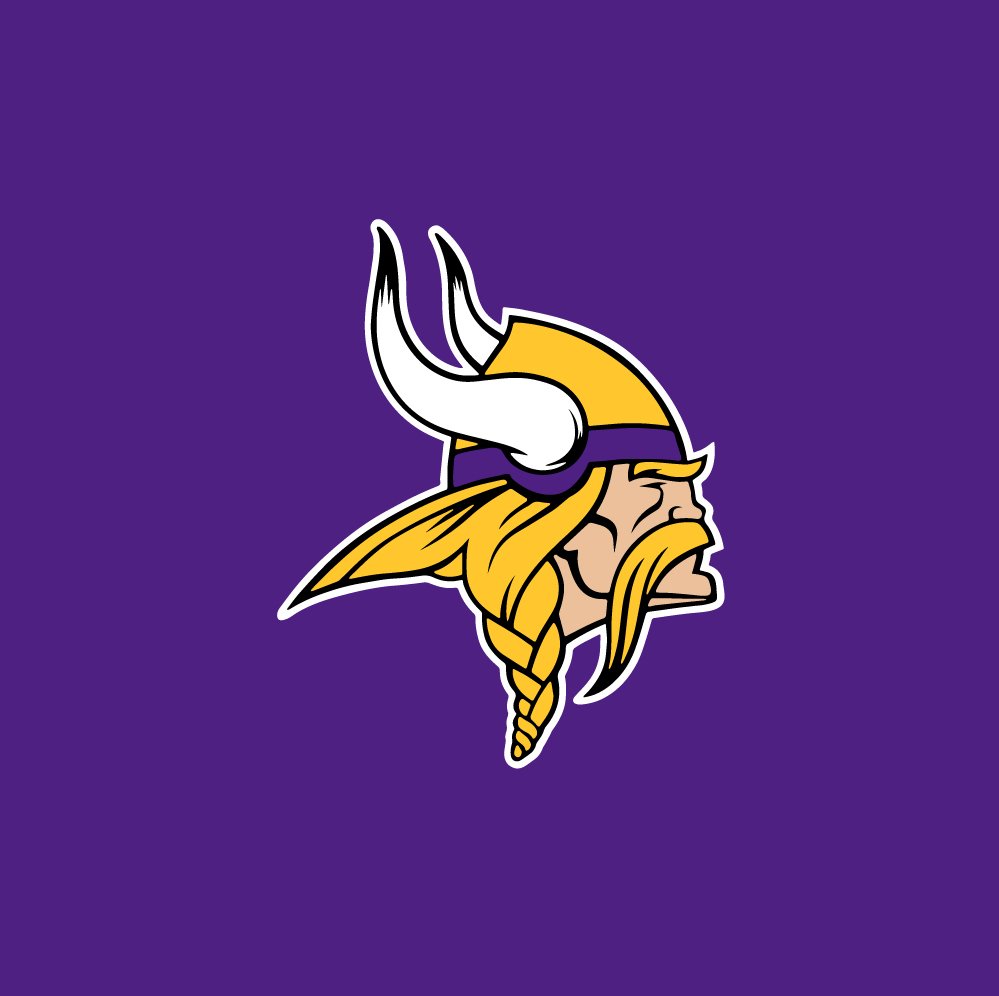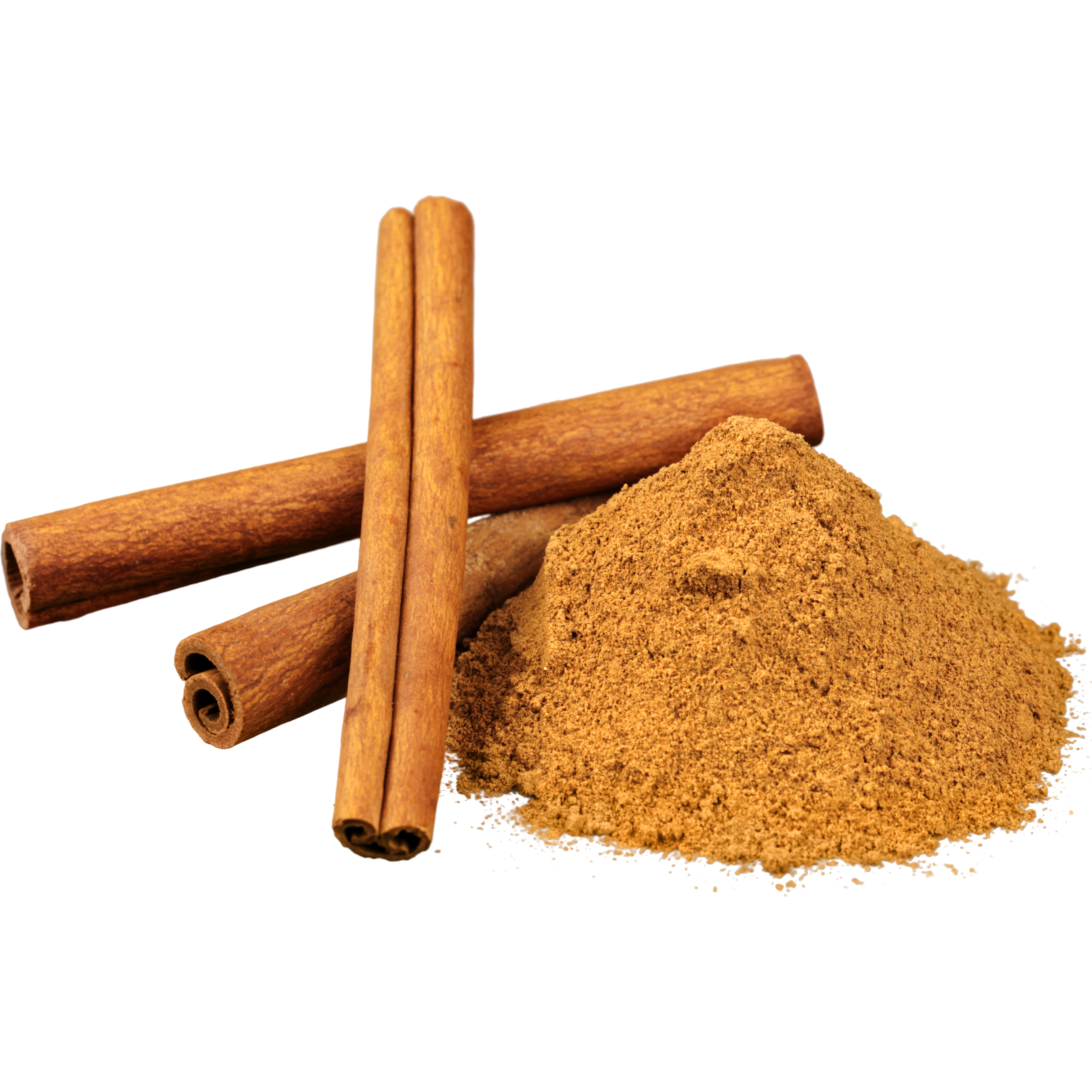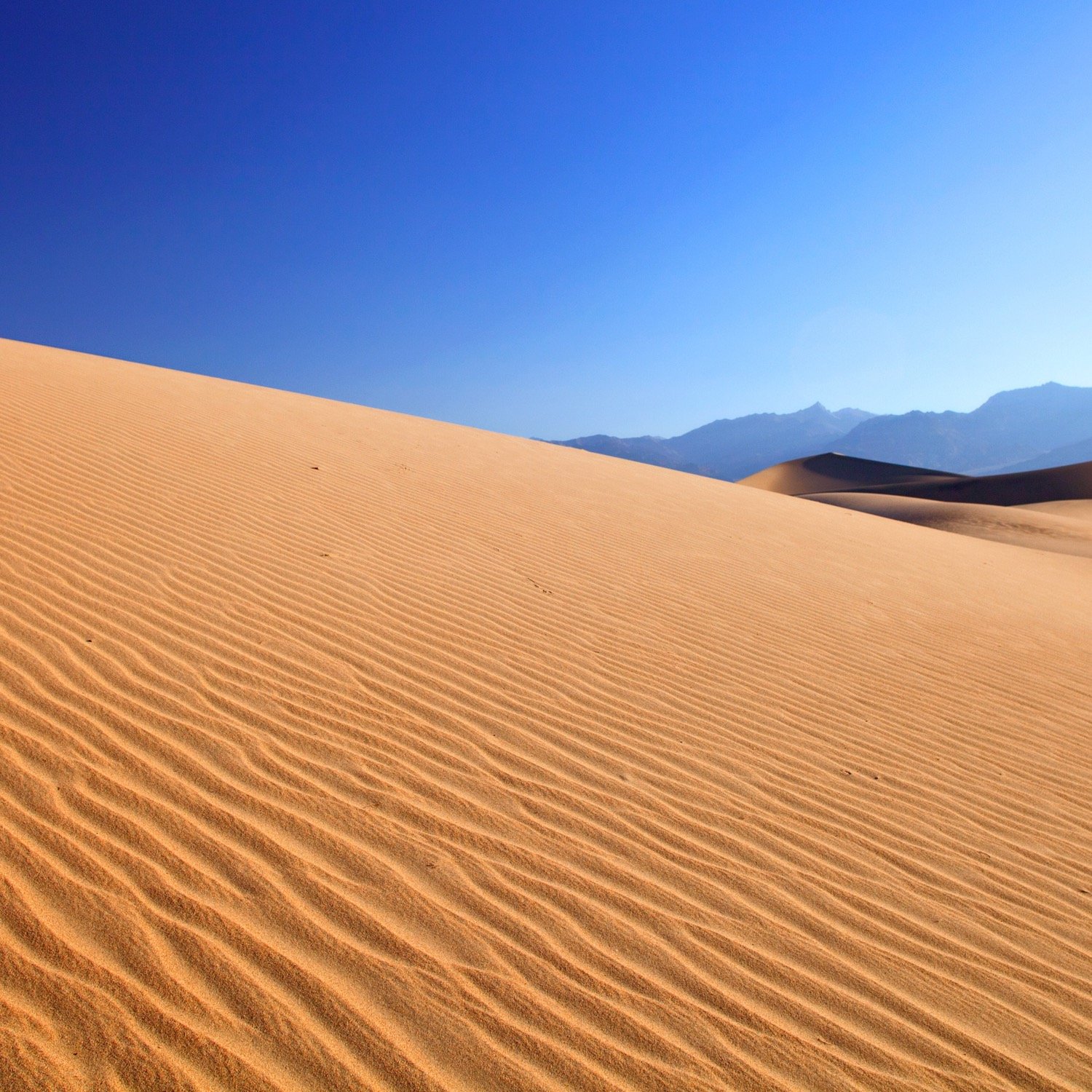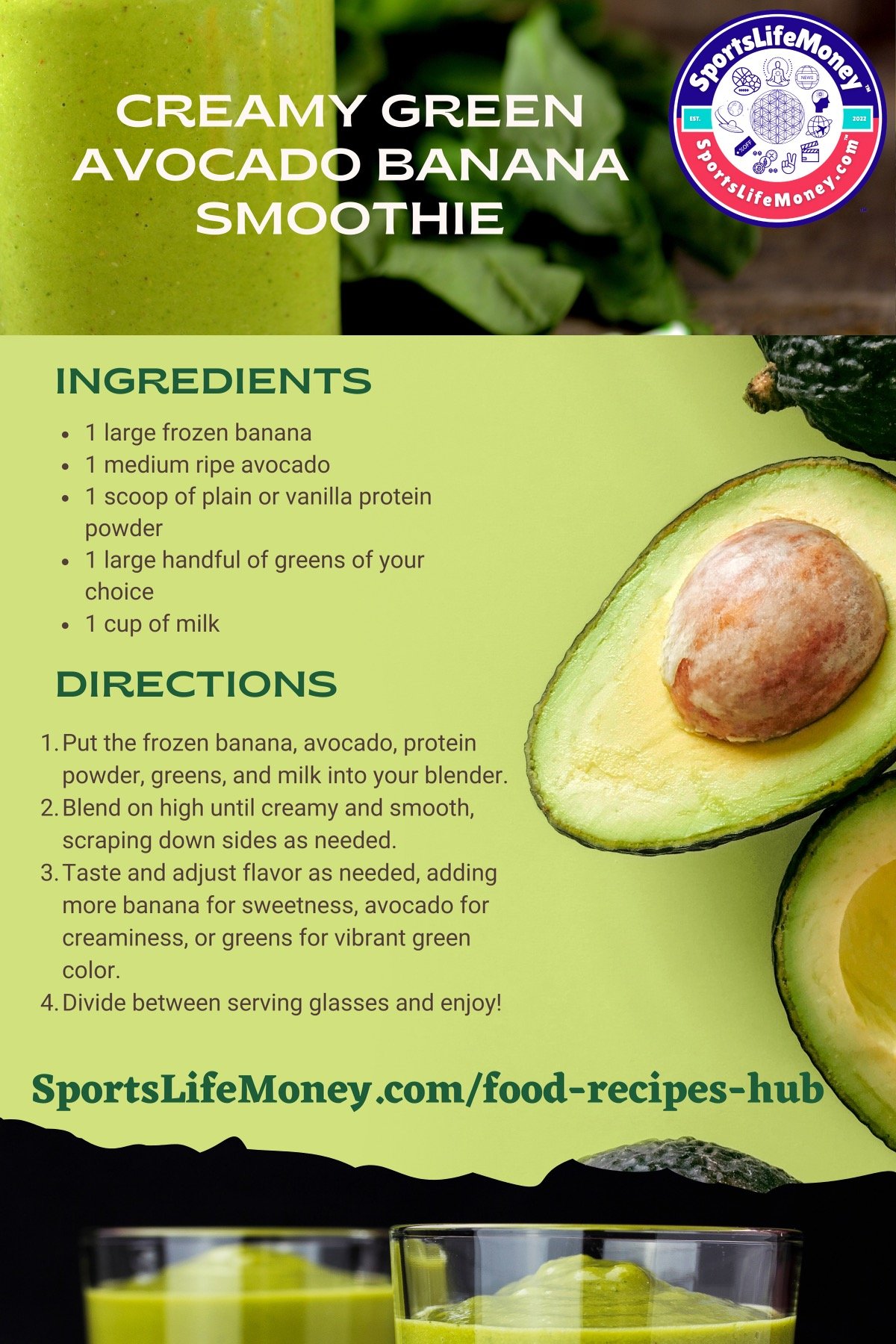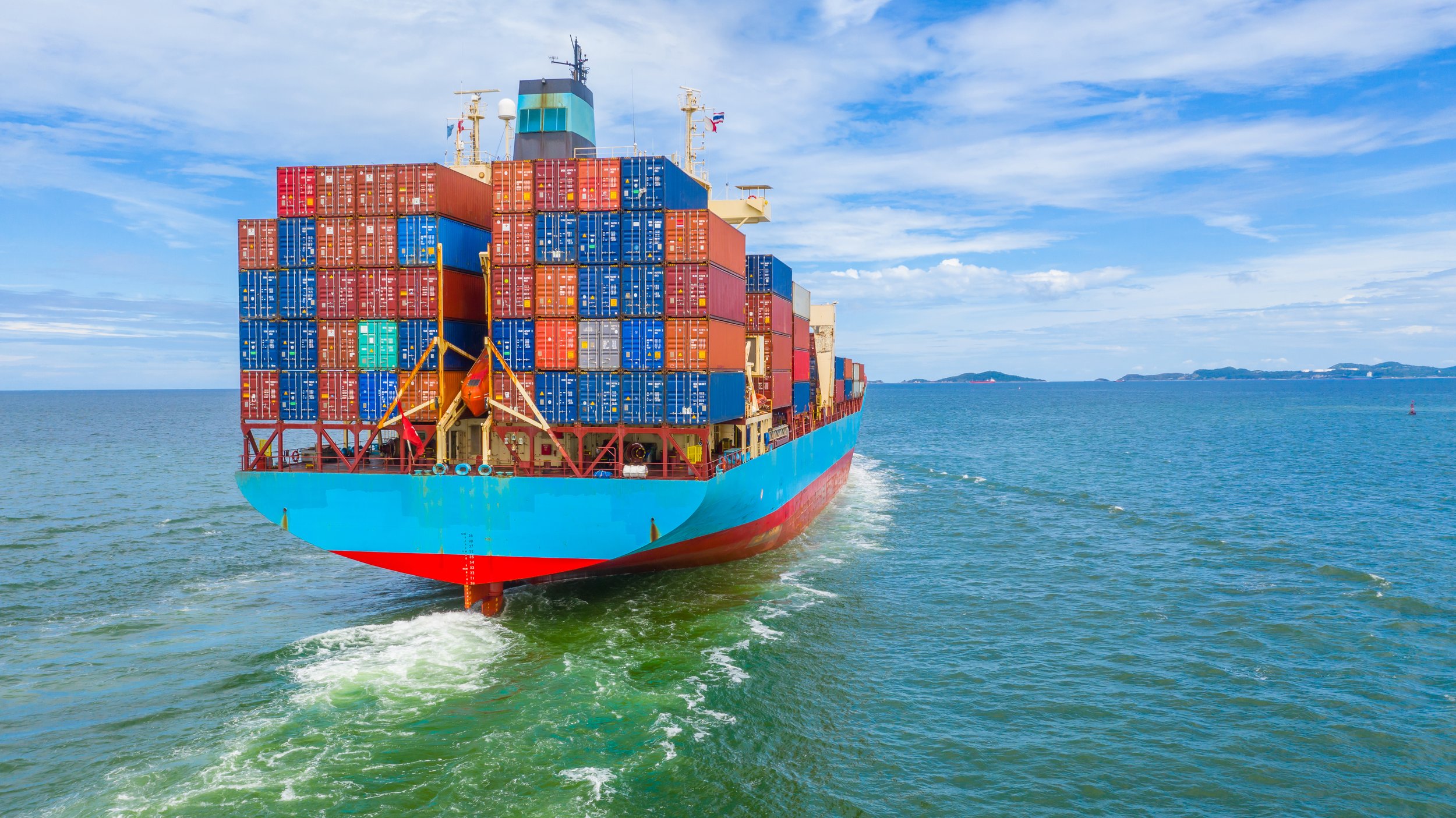Country Summary: Chad

Country Name: Chad
Capital: N'Djamena
Official Visa & Travel Information:
As per the U.S. State Department’s website, it advises to:
Visit the Embassy of Chad website or the nearest Chadian embassy or consulate for visa information. Contact the National Police to extend your visa.
Government Type: presidential republic
Background: Chad emerged from a collection of powerful states that controlled the Sahelian belt starting around the 9th century. These states focused on controlling trans-Saharan trade routes and profited mostly from the slave trade. The Kanem-Bornu Empire, centered around the Lake Chad Basin, existed between the 9th and 19th centuries, and during its peak, the empire controlled territory stretching from southern Chad to southern Libya and included portions of modern-day Algeria, Cameroon, Niger, Nigeria, and Sudan. The Sudanese warlord Rabih AZ-ZUBAYR used an army comprised largely of slaves to conquer the Kanem-Bornu Empire in the late 19th century. In southeastern Chad, the Bagirmi and Ouaddai (Wadai) kingdoms emerged in the 15th and 16th centuries and lasted until the arrival of the French in the 19th and 20th centuries. France began moving into the region in the late 1880s and defeated the Bagirmi kingdom in 1897, Rabih AZ-ZUBAYR in 1900, and the Ouddai kingdom in 1909. In the arid regions of northern Chad and southern Libya, an Islamic order called the Sanusiyya (Sanusi) relied heavily on the trans-Saharan slave trade and had upwards of 3 million followers by the 1880s. The French arrived in the region in the early 1900s and defeated the Sanusiyya in 1910 after years of intermittent war. By 1910, France had incorporated the northern arid region, the Lake Chad Basin, and southeastern Chad into French Equatorial Africa.
Chad achieved its independence in 1960 and saw three decades of instability, oppressive rule, civil war, and a Libyan invasion. With the help of the French military and several African countries, Chadian leaders expelled Libyan forces during the 1987 "Toyota War," so named for the use of Toyota pickup trucks as fighting vehicles. In 1990, Chadian general Idriss DEBY led a rebellion against President Hissene HABRE. Under DEBY, Chad drafted and approved a constitution and held elections in 1996. DEBY led the country until April 2021 when he was killed during a rebel incursion. Shortly after his death, a group of military officials - led by former President DEBY’s son, Mahamat Idriss DEBY - took control of the government. The military officials dismissed the National Assembly, suspended the Constitution, and formed a Transitional Military Council (TMC) while pledging to hold democratic elections by October 2022. A national dialogue in August-October 2022 culminated in decisions to extend the transition for up to two years, dissolve the TMC, and appoint Mahamat DEBY as Transitional President; The transitional authorities held a constitutional referendum in December 2023 and claimed 86 percent of votes were in favor of the new constitution. The transitional authorities announced plans to hold elections by October 2024.
Chad has faced widespread poverty, an economy severely weakened by volatile international oil prices, terrorist-led insurgencies in the Lake Chad Basin, and several waves of rebellions in northern and eastern Chad. In late 2015, the government imposed a state of emergency in the Lake Chad Basin following multiple attacks by the terrorist group Boko Haram, now known as ISIS-West Africa. In mid-2015, Boko Haram conducted bombings in N'Djamena. In late 2019, the Chadian government also declared a state of emergency in the Sila and Ouaddai regions bordering Sudan and in the Tibesti region bordering Niger where rival ethnic groups are still fighting. The army has suffered heavy losses to Islamic terror groups in the Lake Chad Basin.
Continent: Africa
Population: 18,523,165 (2023 est.)
Ethnic Groups: Sara (Ngambaye/Sara/Madjingaye/Mbaye) 30.5%, Kanembu/Bornu/Buduma 9.8%, Arab 9.7%, Wadai/Maba/Masalit/Mimi 7%, Gorane 5.8%, Masa/Musseye/Musgum 4.9%, Bulala/Medogo/Kuka 3.7%, Marba/Lele/Mesme 3.5%, Mundang 2.7%, Bidiyo/Migaama/Kenga/Dangleat 2.5%, Dadjo/Kibet/Muro 2.4%, Tupuri/Kera 2%, Gabri/Kabalaye/Nanchere/Somrai 2%, Fulani/Fulbe/Bodore 1.8%, Karo/Zime/Peve 1.3%, Baguirmi/Barma 1.2%, Zaghawa/Bideyat/Kobe 1.1%, Tama/Assongori/Mararit 1.1%, Mesmedje/Massalat/Kadjakse 0.8%, other Chadian ethnicities 3.4%, Chadians of foreign ethnicities 0.9%, foreign nationals 0.3%, unspecified 1.7% (2014-15 est.)
Languages: French (official), Arabic (official), Sara (in south), more than 120 different languages and dialects
Religions: Muslim 52.1%, Protestant 23.9%, Roman Catholic 20%, animist 0.3%, other Christian 0.2%, none 2.8%, unspecified 0.7% (2014-15 est.)
Economic Overview: primarily oil-based economy, vulnerable to regional competition and international price shocks; increasing extreme poverty and minimal human capital capacities; one of the most environmentally disrupted economies; high maternal and infant mortality rates destabilizing labor force potentials
Currency: Central African CFA Franc (XAF)
Reserves of Foreign Exchange & Gold: $211.591 million (2021 est.) note: holdings of gold (year-end prices)/foreign exchange/special drawing rights in current dollars
Real GDP (Purchasing Power Parity): $25.037 billion (2022 est.) note: data in 2017 dollars
Real GDP Growth Rate: 2.24% (2022 est.) note: annual GDP % growth based on constant local currency
Real GDP per Capita: $1,400 (2022 est.) note: data in 2017 dollars
Exports:
$2.464 billion (2017 est.) note: Data are in current year dollars and do not include illicit exports or re-exports.
Comparison Ranking: 156
Export Commodities: crude petroleum, gold, sesame seeds, gum arabic, silver (2021)
Export Partners: China 32%, United Arab Emirates 21%, India 19%, United States 10%, France 6%, Germany 5% (2019)
Imports:
$2.16 billion (2017 est.)
Comparison Ranking: 174
Import Commodities: delivery trucks, paints, packaged medicines, aircraft, broadcasting equipment (2019)
Import Partners: China 29%, United Arab Emirates 16%, France 10%, United States 8%, India 5% (2019)
Natural Resources: petroleum, uranium, natron, kaolin, fish (Lake Chad), gold, limestone, sand and gravel, salt
Agricultural Products: sorghum, groundnuts, millet, yams, cereals, sugar cane, beef, maize, cotton, cassava
Industries: oil, cotton textiles, brewing, natron (sodium carbonate), soap, cigarettes, construction materials
Industrial Production Growth Rate:
4.08% (2022 est.) note: annual % change in industrial value added based on constant local currency
Comparison Ranking: 95
Labor Force: 5.602 million (2022 est.)
Unemployment Rate: 1.1% (2022 est.) note: % of labor force seeking employment
Natural Hazards: hot, dry, dusty harmattan winds occur in north; periodic droughts; locust plagues
Geography:
Total: 1.284 million sq km
Land: 1,259,200 sq km
Water: 24,800 sq km
(Country Summary, The World Factbook, CIA.gov)
LEGAL, FINANCIAL, & TAX ADVICE DISCLAIMER: The information on SportsLifeMoney’s™ (“SLM”) websites, podcast network, videos, social media accounts, and other platforms (collectively, “SLM Platforms”) is strictly and solely provided for educational and informational purposes only. All of the information and materials on the aforementioned SLM Platforms do not constitute and are not intended to provide legal, financial, accounting, or tax advice, and should not be relied on in that respect. SLM recommends that you consult with an attorney, certified financial advisor, or licensed accountant to answer any legal, financial, or tax questions you may have. SLM also recommends that you consult with an attorney, certified financial advisor, or licensed accountant before making any legal, financial, or tax-related decisions based on content and/or subject matter included and/or discussed on any of the SLM Platforms. Before you act or rely on any information you have heard, read, viewed, and/or listened to on any of the SLM Platforms or communication mediums, SLM recommends that you confirm any and all facts that are important to your decision and that you subsequently consult with an appropriate professional (e.g., attorney, certified financial advisor, certified accountant, etc.) and have them review these facts and also confirm their validity. CAUTION: IF YOU RELY ON ANY INFORMATION, CONTENT, PRODUCT, OR SERVICE FROM ANY OF THE SLM PLATFORMS, YOU DO SO AT YOUR OWN RISK. YOU UNDERSTAND THAT YOU ARE SOLELY RESPONSIBLE FOR ANY AND ALL DAMAGES OR LOSS THAT YOU MAY INCUR THAT RESULTS FROM YOUR USE AND/OR RELIANCE OF ANY OF THE SLM PLATFORMS OR ANY OF THE CONTENT OR MATERIAL OTHERWISE PROVIDED ON ANY OF THESE SLM PLATFORMS. SLM AND ANY AND ALL OF ITS AFFILIATES MAKE NO IMPLIED OR EXPRESS REPRESENTATIONS OR IMPLIED OR EXPRESS WARRANTIES OF ANY KIND REGARDING ANY AND ALL INFORMATION ON ANY OF THE SLM PLATFORMS OR SLM’S AFFILIATE PLATFORMS. SLM AND ITS AFFILIATES WILL NOT BE HELD LIABLE FOR ANY DAMAGES. By continuing to use any of the SLM Platforms, you acknowledge and agree to the aforementioned terms and conditions of this disclaimer and any and all other legally binding terms and conditions set forth in SLM’s Privacy Policy, Terms & Conditions, and other legally binding agreements.











